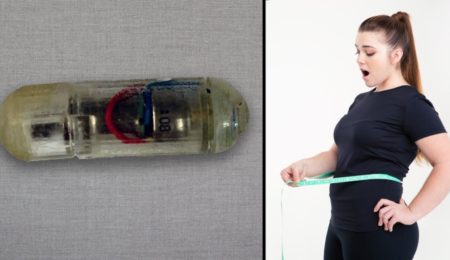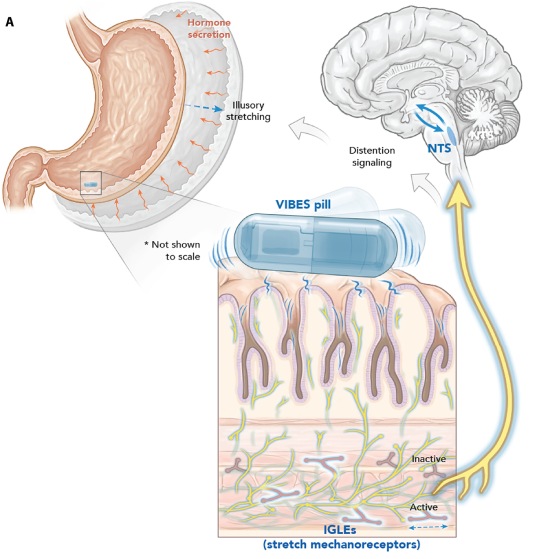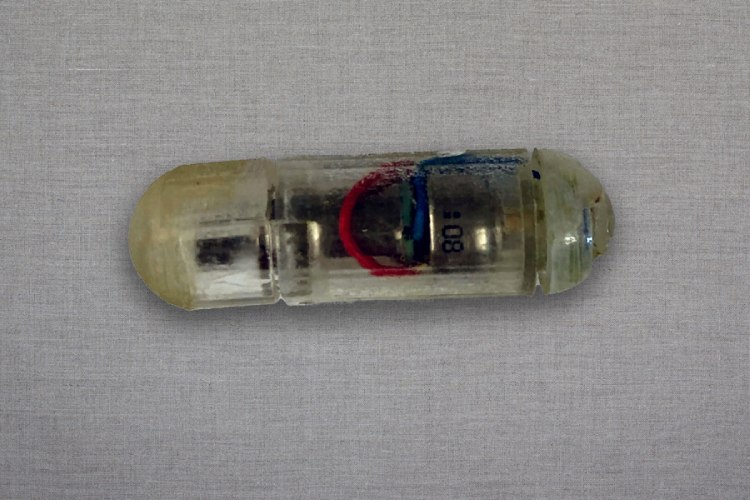MIT’s Vibrating Pill Could Revolutionize Modern-Day Obesity Treatments

Obesity has become one of the leading causes of health issues in the modern world. As of 2022, the WHO reports that over one billion people in the world are obese – 650 million adults, 340 million adolescents, and 39 million children. With over 42% of American adults labeled obese and 30.7% within the overweight category, shedding those extra pounds is necessary but easier said than done. However, there may be a light at the end of the tunnel for those working to lose weight with MIT’s vibrating pill. This first-of-its-kind pill offers incredible weight loss by curbing the appetite in a revolutionary way: neurological signals! Let’s understand what inspired this idea, how it works, and its potential benefits.
MIT’s vibrating pill works by creating a sense of fullness to reduce hunger pangs.
The brilliant minds over at the Massachusetts Institute of Technology got the inspiration for this pill from the age-old practice of drinking a glass of water before a meal. The goal is to simulate a sense of fullness, so the person eats smaller portions and takes in fewer calories. The pill achieves this with vibrations that cause the stomach to send electrical signals to the brain.
Named the “Vibrating Ingestible BioElectronic Stimulator” (VIBES), the MIT vibrating pill is about the size of a typical multivitamin capsule. Within the casing is a vibrating motor and a silver oxide battery. The pill is to be consumed on an empty stomach 20 to 30 minutes before a meal. The stomach’s gastric acid will dissolve the outer casing, releasing a spring-loaded pogo pin and completing the circuit between the battery and motor. The motor can run for around 38 minutes, after which it passes through the digestive tract in four to five days.
The vibration from the pill activates the stretch receptors in the lining of the stomach. Usually, food stretches and distends the stomach. Once stretched to a certain degree, the stomach sends signals to the brain indicating fullness and curbing one’s appetite. Despite the stomach not reaching its capacity, the vibration from the pill activates these receptors to help reduce a person’s overall food intake.
The pill could be an incredibly cost-effective alternative to modern weight-loss medications.

MIT’s vibrating pill is not the first medication to combat obesity but the first one to use electrical signals. Ozempic and Wegovy are two weight loss medications available in the market that mimic a naturally occurring appetite-curbing hormone: glucagon-like peptide-1 (GLP). This hormone affects the stomach and brain and is responsible for cravings and hunger pangs. Despite FDA approval, these medicines can still cause a variety of mild or severe side effects.
The vibrating pill does not introduce hormones into the body; rather, it stimulates the body to create those hormones naturally. Giovanni Traverso, an Associate Professor at MIT, calls this shift profound as it can surmount some challenges and costs associated with the current options. As of February 2024, both Ozempic and Wegovy can cost over $900 for a one-month supply. Shriya Srinivasan, a biomedical engineer at Harvard and one of the authors of this study, states this pill could be manufactured for a dollar or less per pill.
The VIBES pill has been tested only on animals, but the results are promising!

Initial tests on Yorkshire pigs showed promising results. When given the pill, the animals consumed 40% less food than usual and experienced less daily weight gain than the control group. The group not given the pill reported a 0.8 kg daily weight gain, while those given the pill showed 0.7 kg of weight gain. The goal is now to ensure safety, for which human testing is essential. The researchers hope to begin testing the pill on humans within a year or two.
Capsule-based ingestible technology has been a hot topic in the technology and pharmaceutical fields for a while. With components becoming more complex and reduced in size, companies are in a race to create medicines and treatments that leverage advancing technology to help change patients’ lives in a revolutionary way.
























